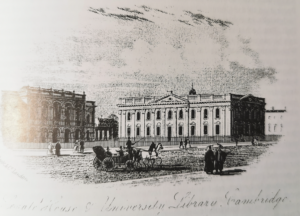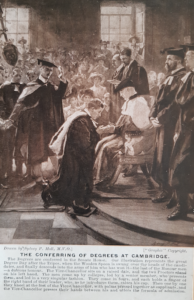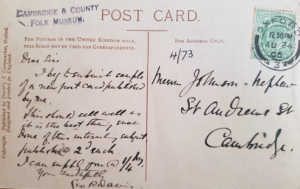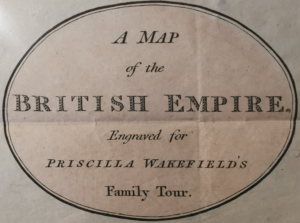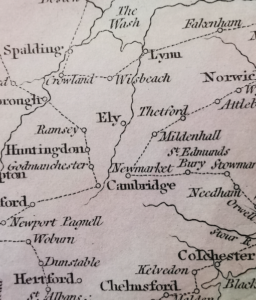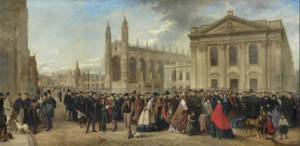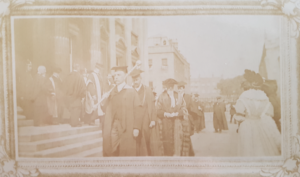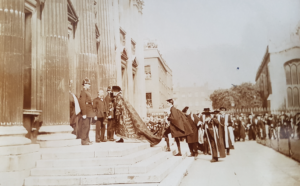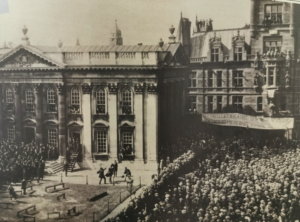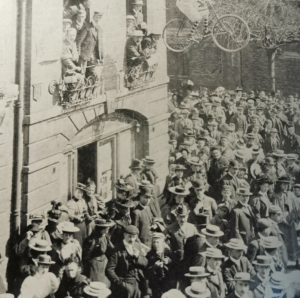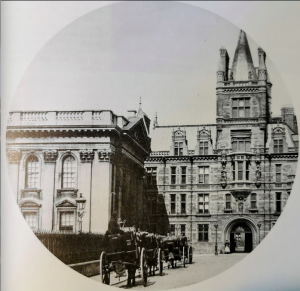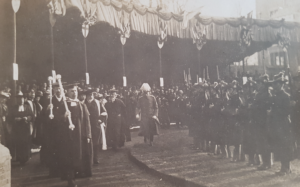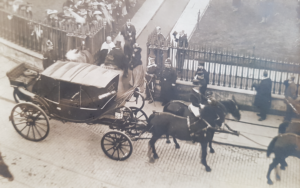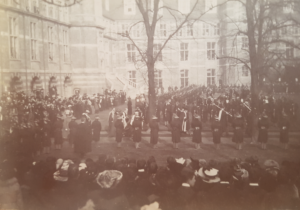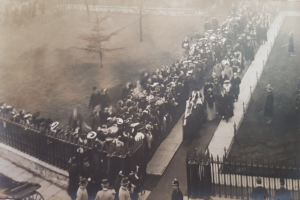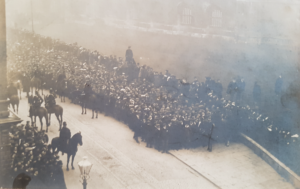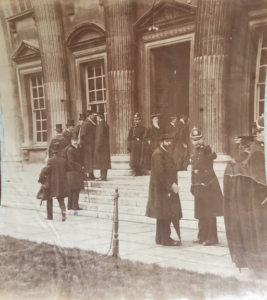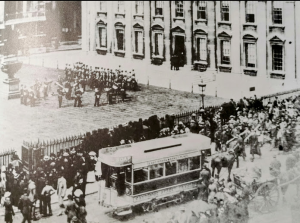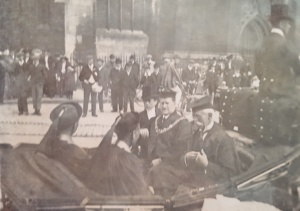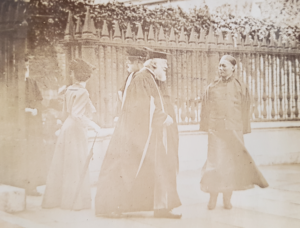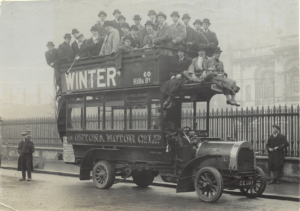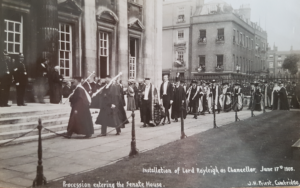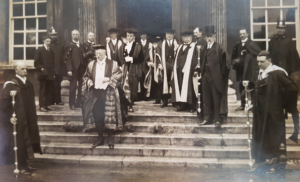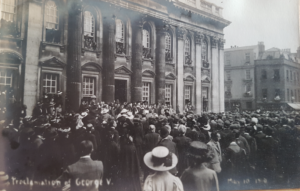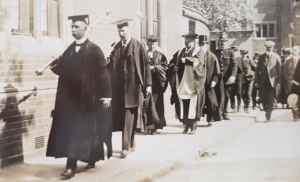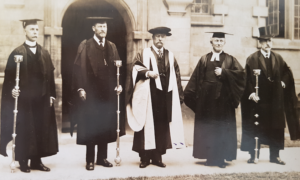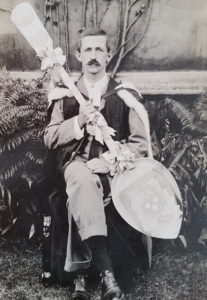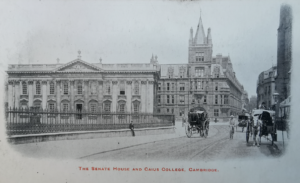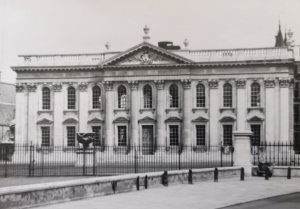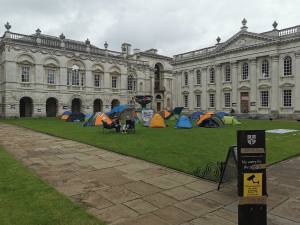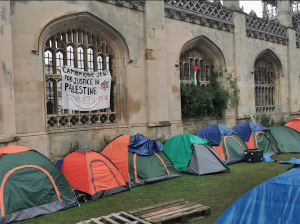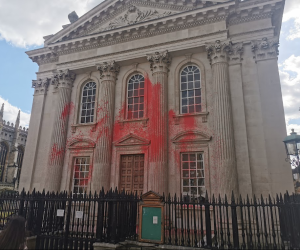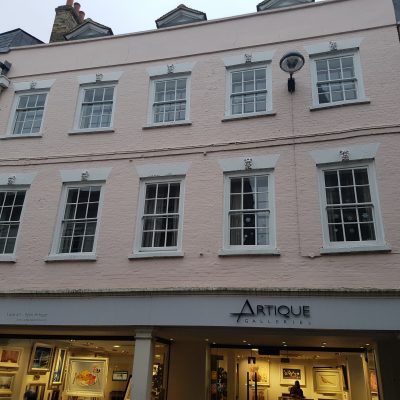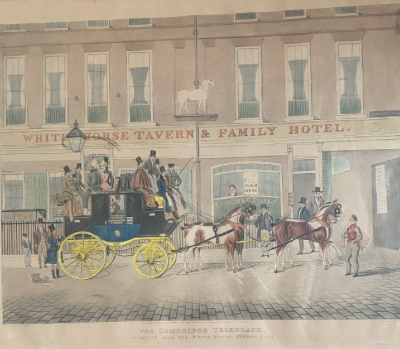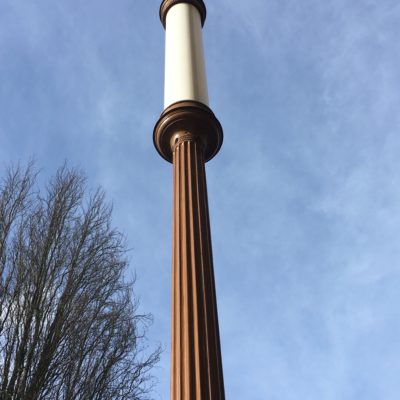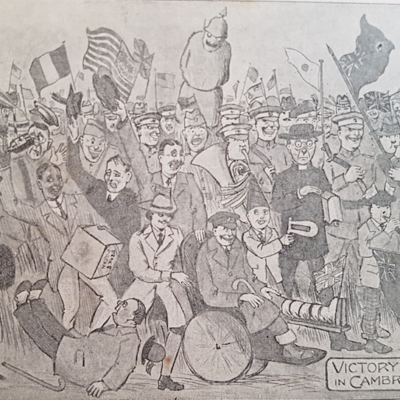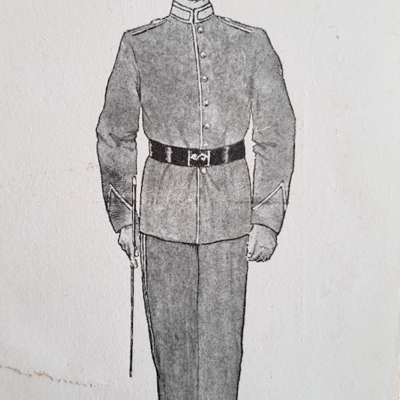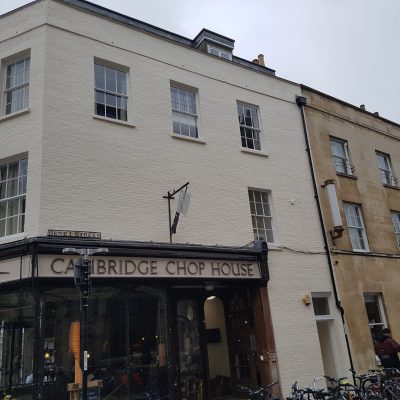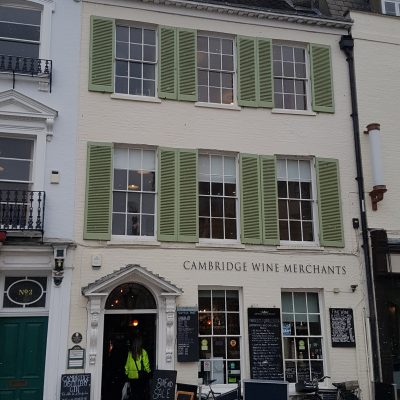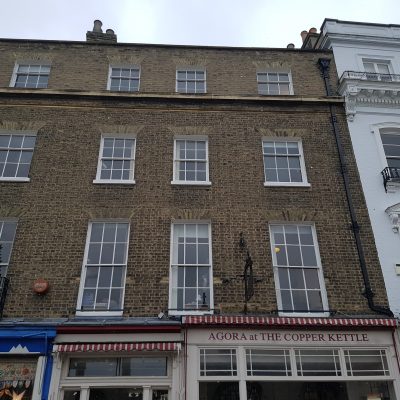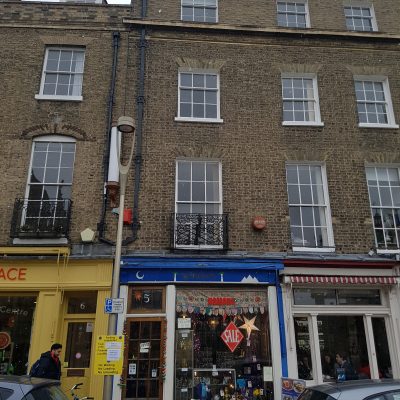Search by topic
- archaeology
- Building of Local Interest
- chapel
- charity
- church
- crime
- dressmaker
- fire
- Great Eastern Railway
- Listed building
- Mapping Relief
- medieval
- oral history
- poverty
- Public House
- Religious House
- Roman
- scholar
- school
- Then and Now
- tudor
- women
- work
- world war one
- world war two
Search by text
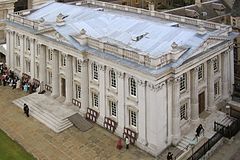
Senate House / The Devil’s Tavern
History of the Senate House, Cambridge
In the 17th century, the Devil’s Tavern, an inn and posting house occupied part of the site. The first coach to run between Cambridge and London started from here in 1653 and this was probably therefore the site of the first post office. The tavern may possibly appear on John Hammond’s plan of Cambridge from 1592. The coach took 12 hours to complete the journey. In 1655 a second coach service was started from The Rose.
The Senate House railings are reputed to be some of the oldest examples of cast iron in the country (Cambridge Iron Founders, 1996)
See Stage Coaches by Enid Porter
General information on the Senate House University of Cambridge can be found on Wikipedia.
The postcard is a sale pitch from an Oxford based postcard producer to Messrs Johnson and Nephew, 3 St Andrew’s Street.
1804
The Senate House is the first place described by Quaker educationalist and philanthropist Priscilla Wakefield when she visits Cambridge on her Family Tour of the British Empire. In her 4 pages on Cambridge (444-448) she has brief descriptions of the Senate House, public library, Peterhouse, Clare Hall, Pembroke College, Benet’s College, Trinity, Caius and Emmanuel. The second day they go to King’s, Addenbrooke’s Hospital, the Botanic Gardens and see Hobson’s Conduit before travelling on to Bedford.
Her book, ‘A Family Tour Through the British Empire containing some account of its manufactures, natural and artificial curiosities, history and antiquities: interspersed with biographical anecdotes. particularly adapted to the amusement and instruction of youth,’ was first published in 1804.
1843 Royal Progress
1863 (note supplied by Nigel Fenner 2022)
‘Degree Day’ was painted by Robert Farren in 1863 portraying a lonely student accompanied by a small dog, in the foreground, who has failed his final exams, presumably having just seen his results posted outside the Senate House, the building just behind him, on the right of the painting. To the left of this student, close by, is the ‘wooden spoon winner’. Note the relatively small size of the spoon, compared to what it grew into. [Brief history: starting in at least 1795, the wooden spoon was awarded to the student who came last in the final exams for the maths honours degree, called the Maths Tripos].
Surrounding the ‘failed’ student, and wooden spoon ‘winner’ (thanks to a detailed key of all individuals featured in the painting) are the most important academics including Charles Kingsley, Henry Sedgwick, Henry Fawcett and Leslie Stephen, accompanied by their families, as well as two bowler-hatted figures standing on the corner of Great St Mary’s Church, behind the white and black dog, next to the women in a grey dress on the left of the painting. These are two of the four England cricketers from the town, Thomas Hayward and Robert Carpenter, at a time when the Cambridge Town and County Cricket Club was one of the best sides in the country. Their inclusion in the painting indicates their social importance, thanks to the increasing status of cricket, and perhaps sport more generally in the University.
1892 8th Duke of Devonshire, Spencer Cavendish
1897
In a move that would shock today’s student feminists, male students at Cambridge held a protest against a resolution that would allow women to receive full degrees from the university. They suspended an effigy of a woman riding a bicycle – the stereotypical female Cambridge student – from a window while waving banners with slogans such as “No Gowns for Girtonites”, Girton being an all-women college. On hearing that the resolution had fallen, students then maimed and decapitated the effigy before pushing it through the gates of all-women college Newnham. Women were not granted full degrees until 1921. (from the Independent December 2013 ‘A brief history of student protest)
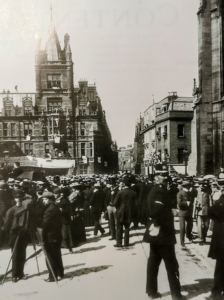
Senate House Hill crowd 21.5.1897 on occasion of vote on degrees for women (Cambridgeshire Collection)
1904 Visit of Edward VII
1905The Greek Question vote. A temporary entrance and exit were made through the windows of the Senate House.
1906 24th May: conferring of honorary degrees of Chinese dignitaries.
This event took place during the visit of a Commission appointed by the Emperor of China to study methods of government, commerce and education in England. Eyewitness descriptions of the visit can be found here:
http://www.lib.cam.ac.uk/mulu/zaize.html
The picture below shows the Mayor of Cambridge Walter Durnford and the University Professor of Chinese Herbert Allen Giles, together with:
His Imperial Highness Fung En Chen Ko Duke Tsai Tse, Aide-de-Camp to his Imperial Majesty the Emperor of China, his Majesty’s High Commissioner, Great Chamberlain of the Imperial Household, Member of the Imperial Library, Commander-in-Chief of the Bordered Yellow Banner of the Manchu Army
His Excellency Wang Tahsieh, Envoy Extraordinary and Minister Plenipotentiary in London of his Imperial Majesty the Emperor of China
His Excellency Shang Chi-heng, High Commissioner of his Imperial Majesty the Emperor of China
The Honourable Po Jui, Secretary to his Imperial Chinese Majesty’s High Commission
Duke Zaize (1868-1928), grandson of the Emperor, kept a diary during the mission. He had been injured in a bomb attack in September 1905 at Peking railway station as the delegation was preparing to leave. The assailant, Wu Yue, a fanatical opponent of the Manchu regime was killed and two members of the delegation injured delaying its departure until December 1905.
See also: https://cudl.lib.cam.ac.uk/view/PH-CFM-00236-00044/1
1907
Ortona bus outside the Senate House c. 1907.
1908
1910
The photo above shows from left to right: an Esquire Bedell, Theodore Roosevelt, Vice Chancellor Canon Mason, University Marshall Sheldrich
Until 1910 it was the tradition in Cambridge to award a large wooden spoon to the student with the lowest mark in the Maths Tripos. More information can be found here:
https://en.wikipedia.org/wiki/Wooden_spoon_(award)
2024 May
Contribute
Do you have any information about the people or places in this article? If so, then please let us know using the Contact page or by emailing capturingcambridge@
License
This work is licensed under CC BY-NC-SA 4.0





